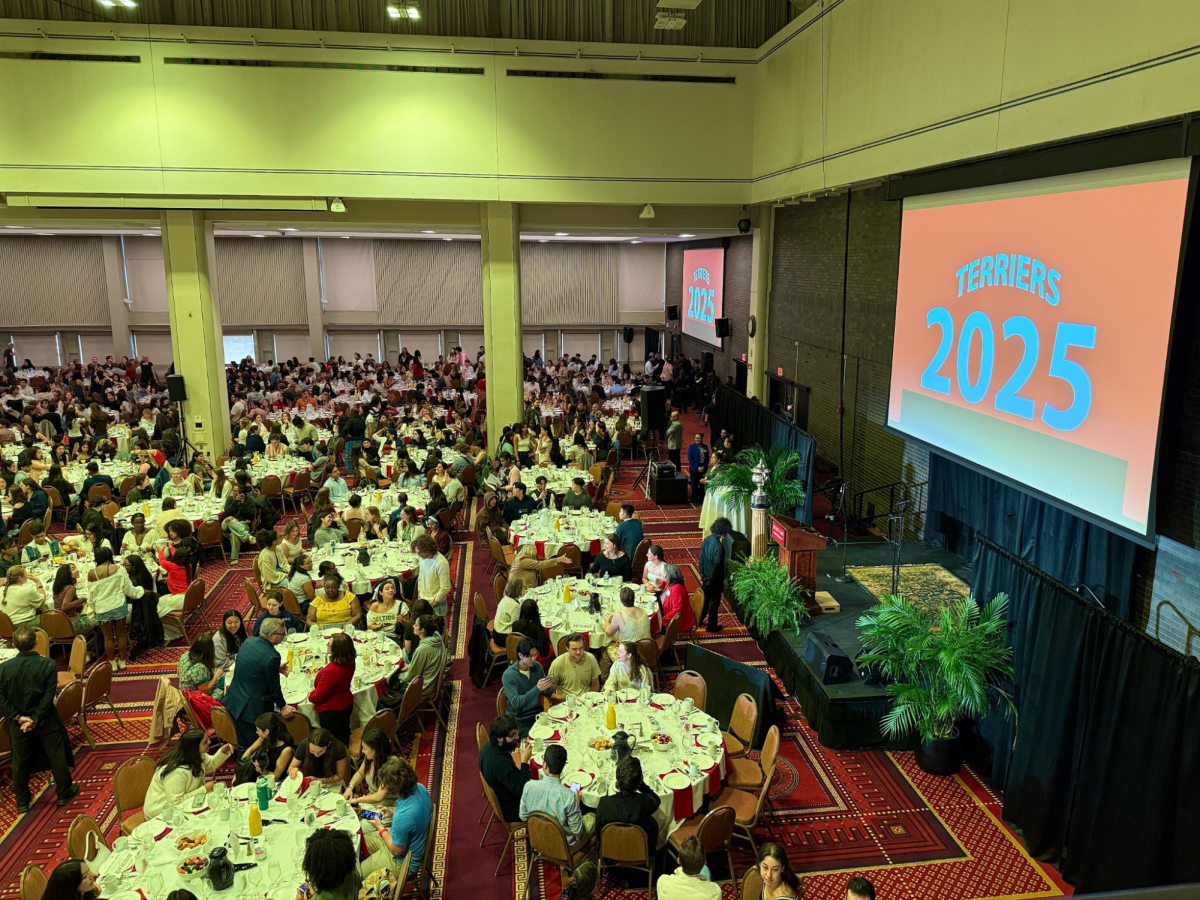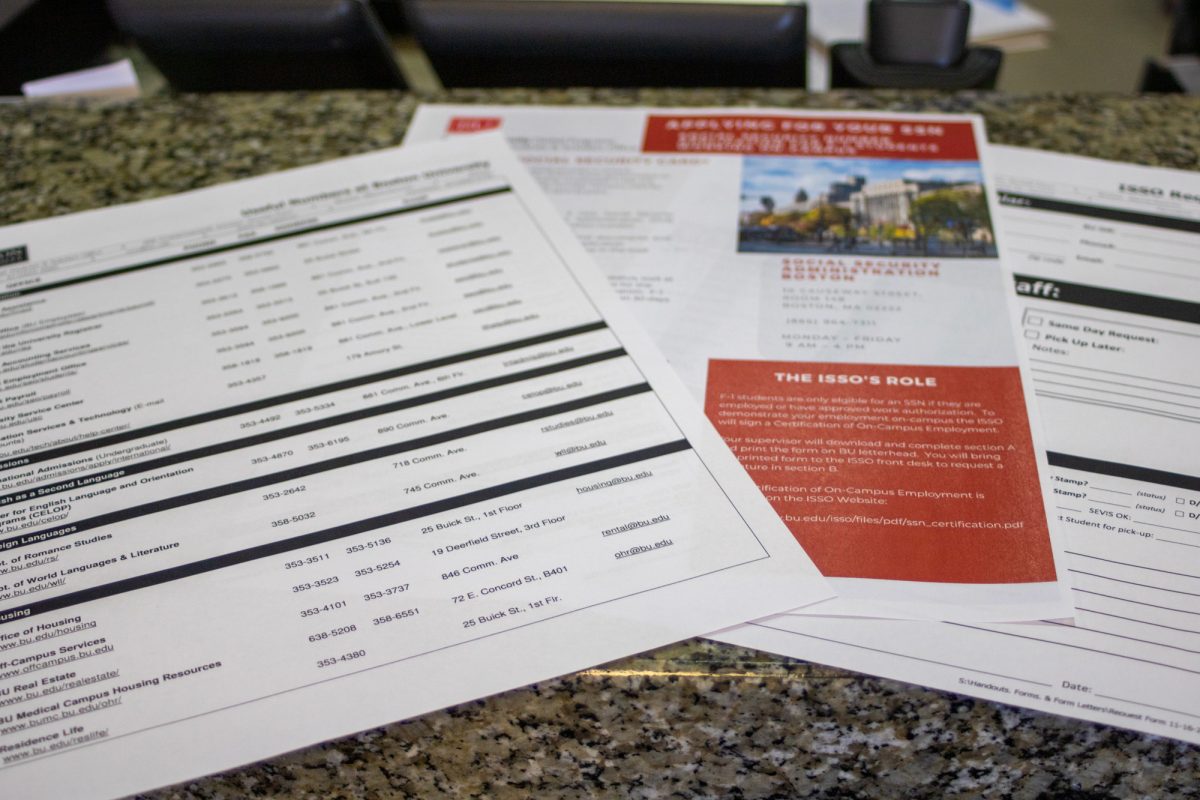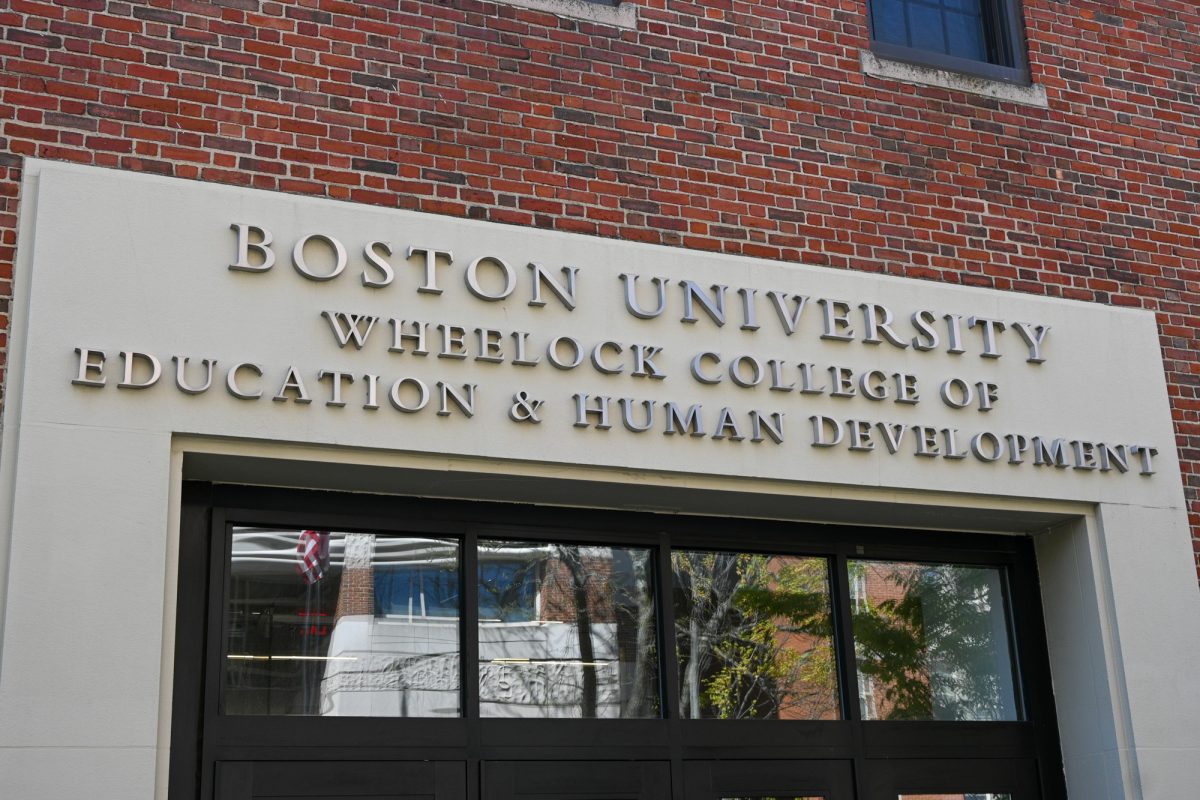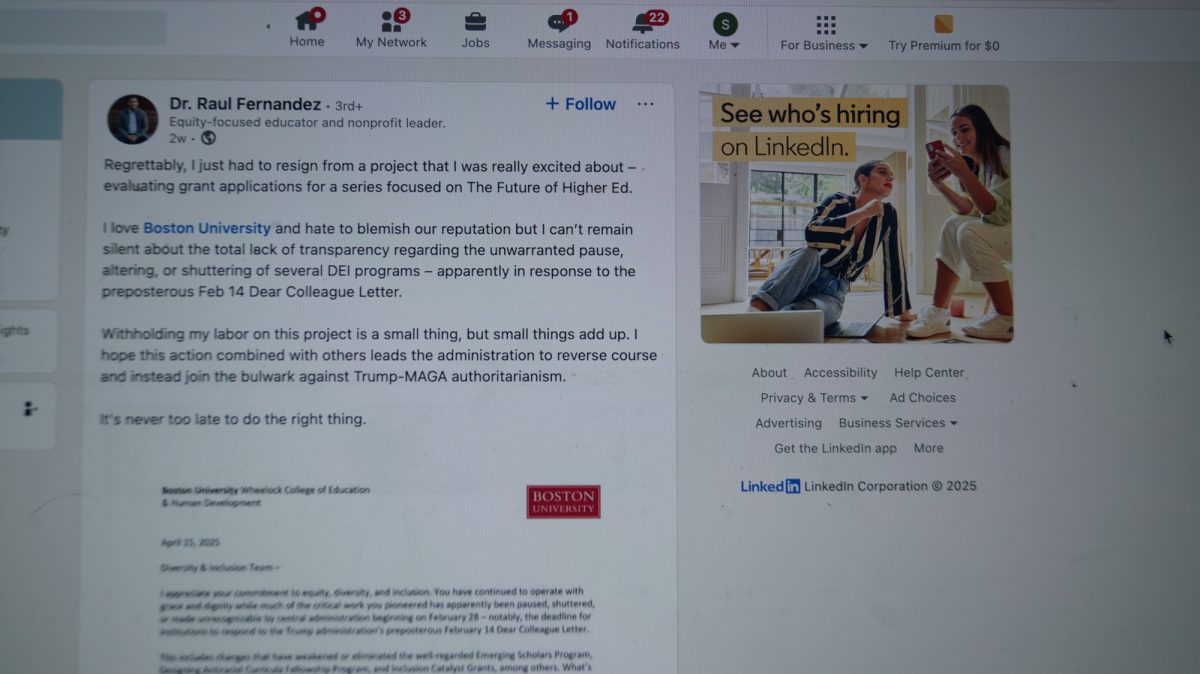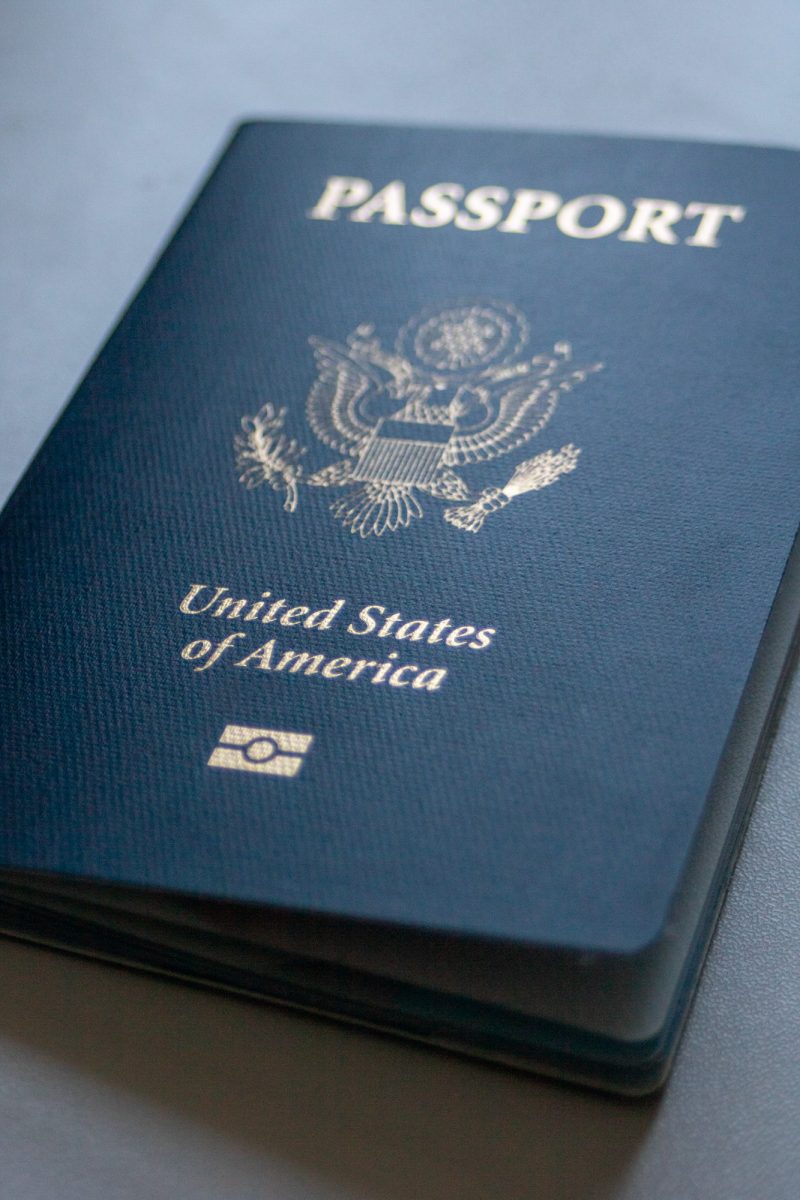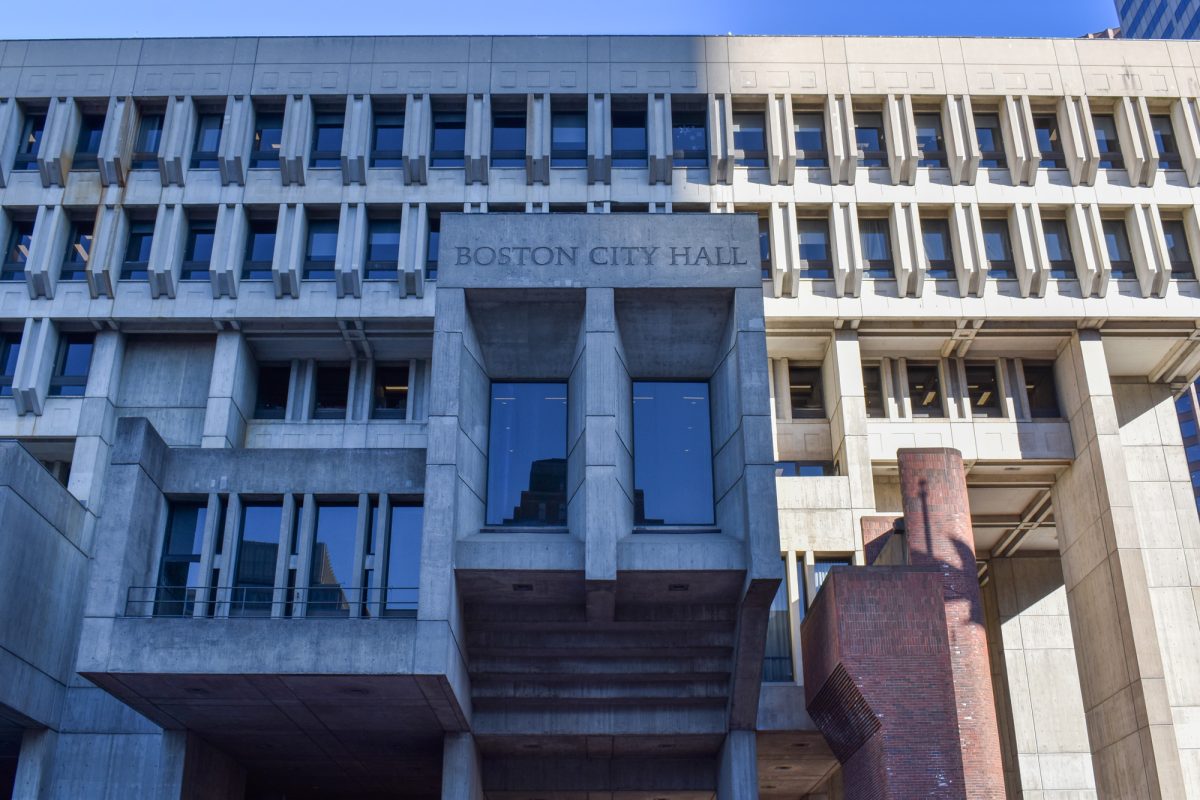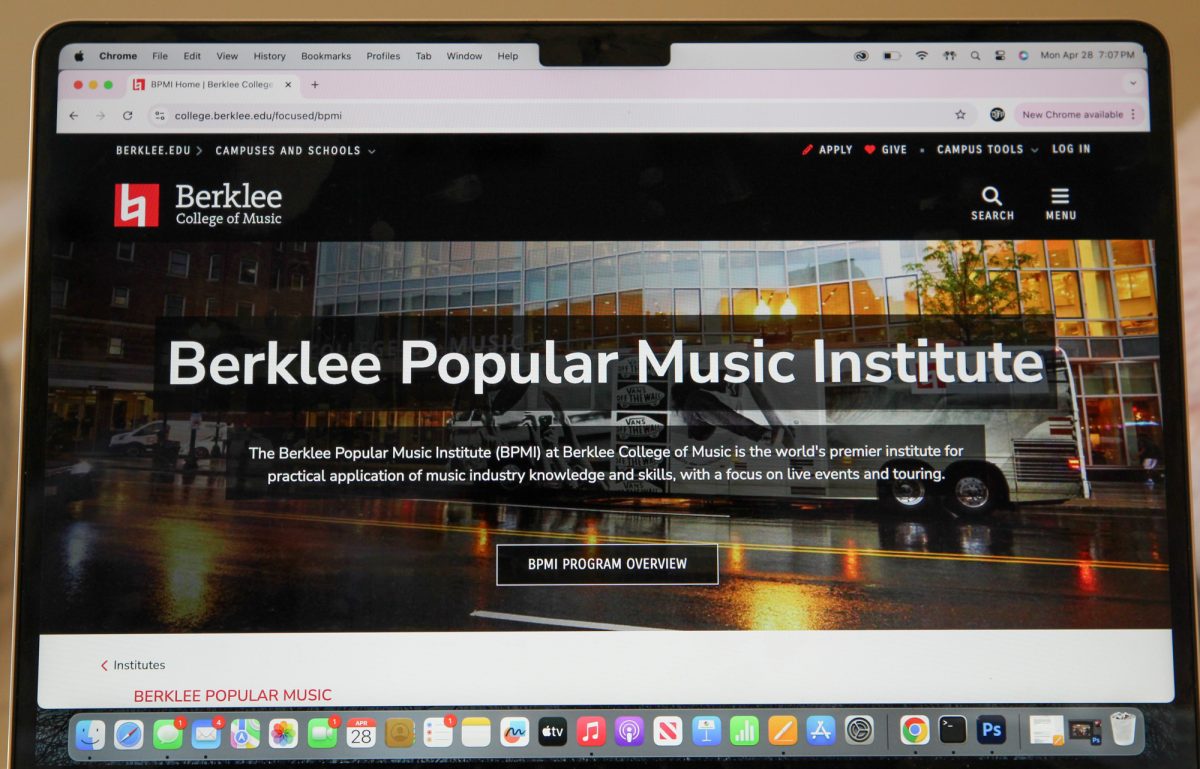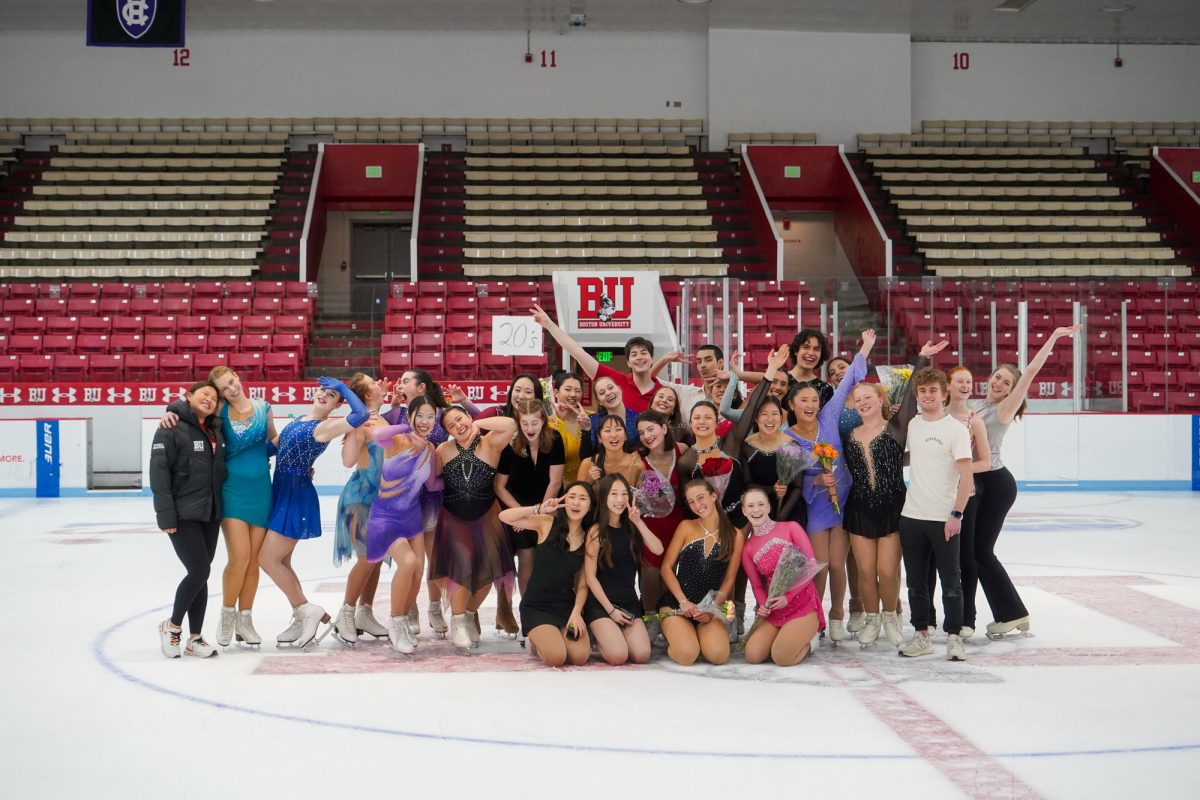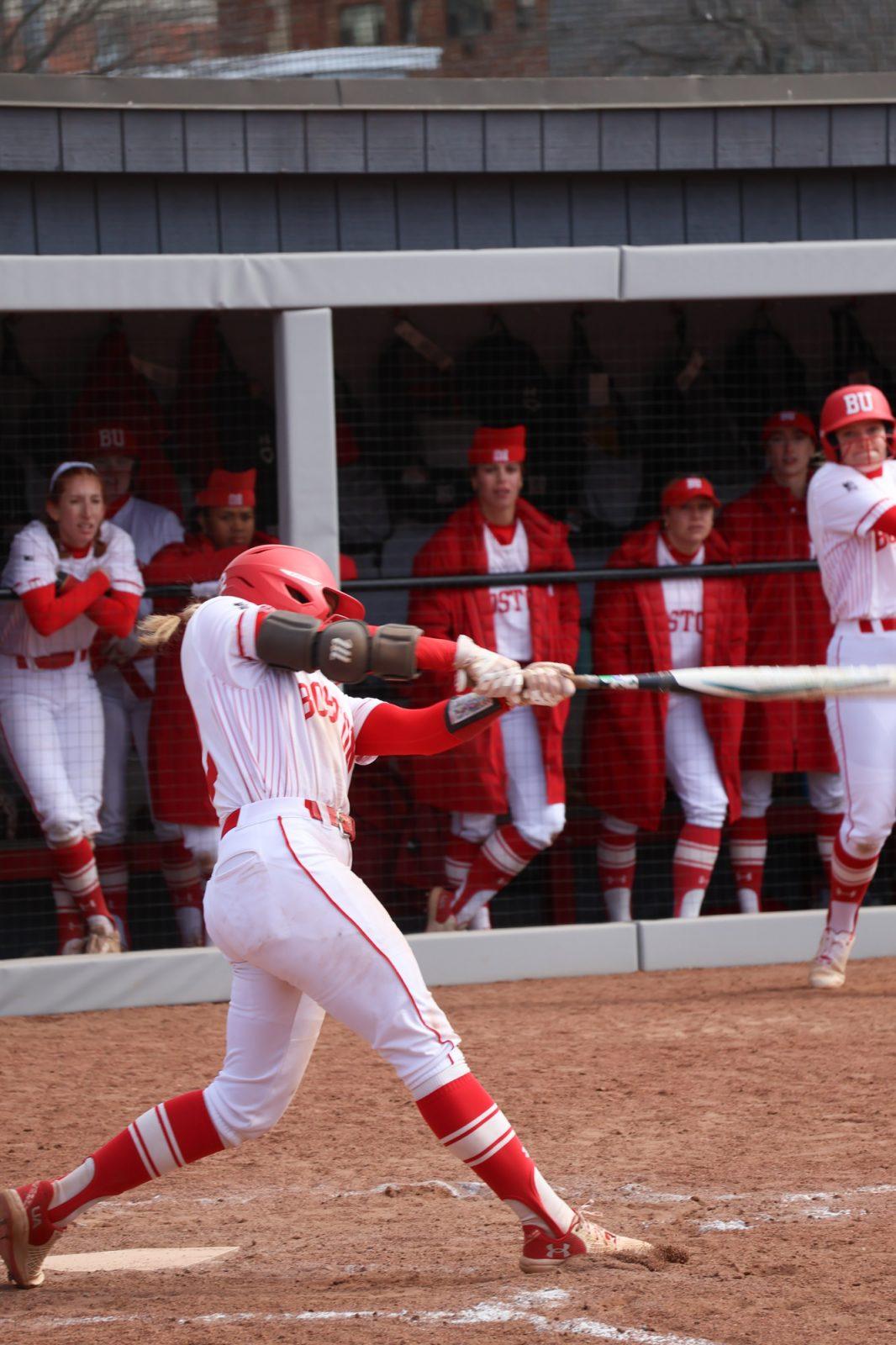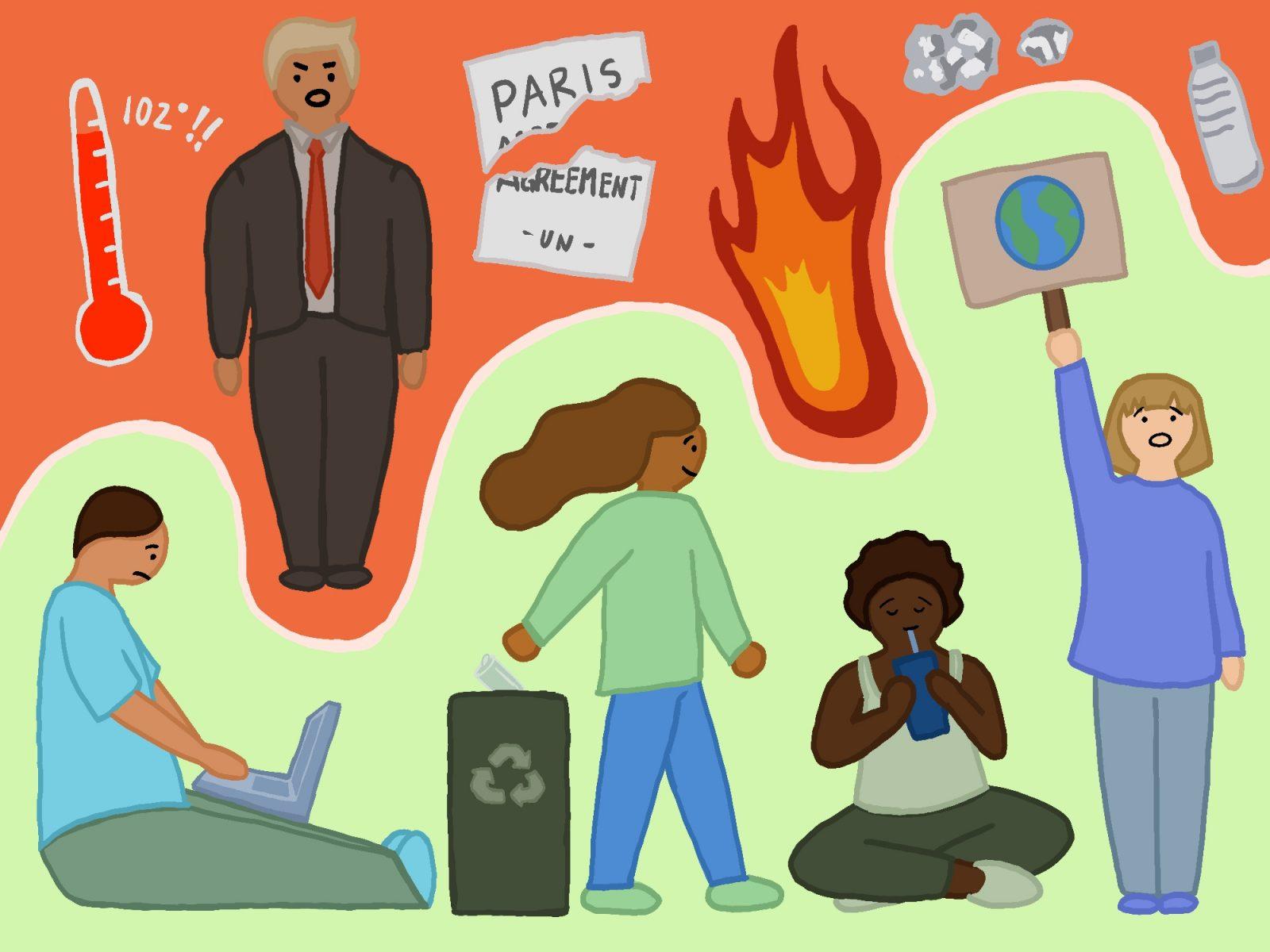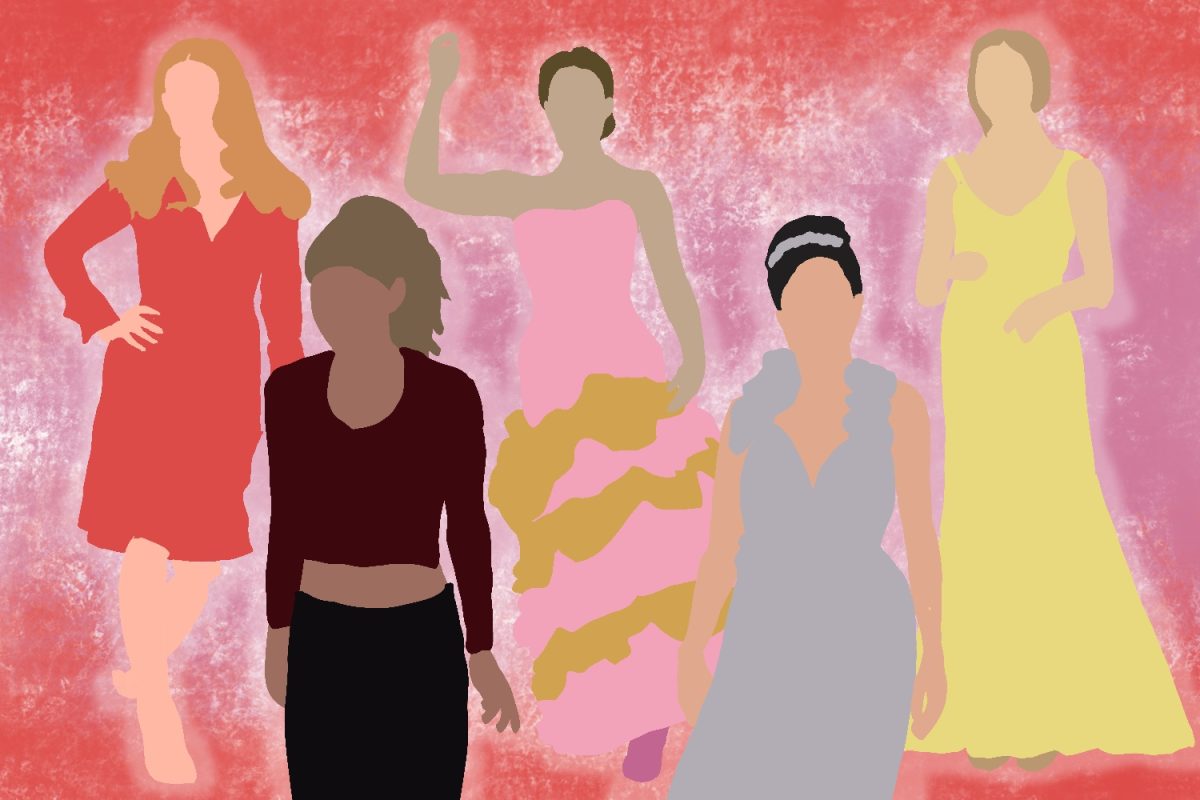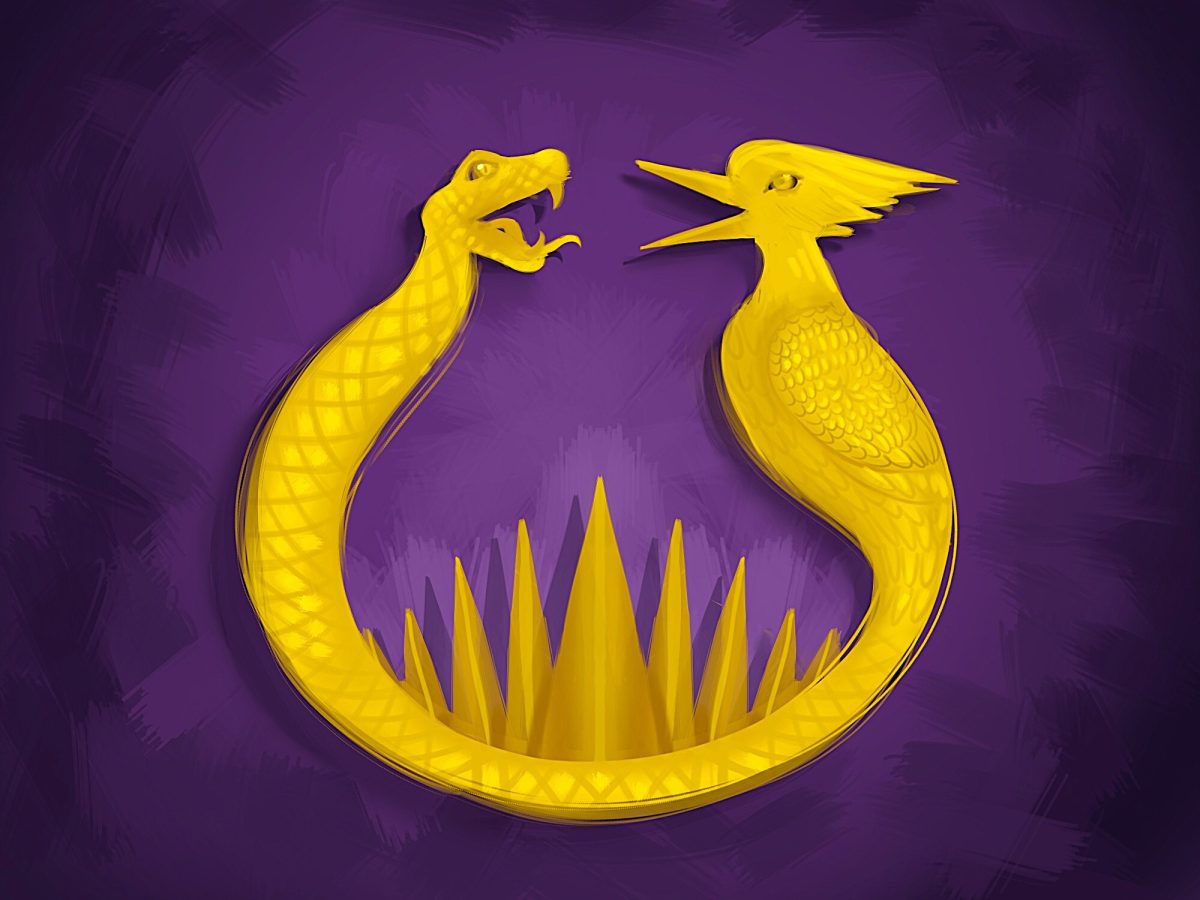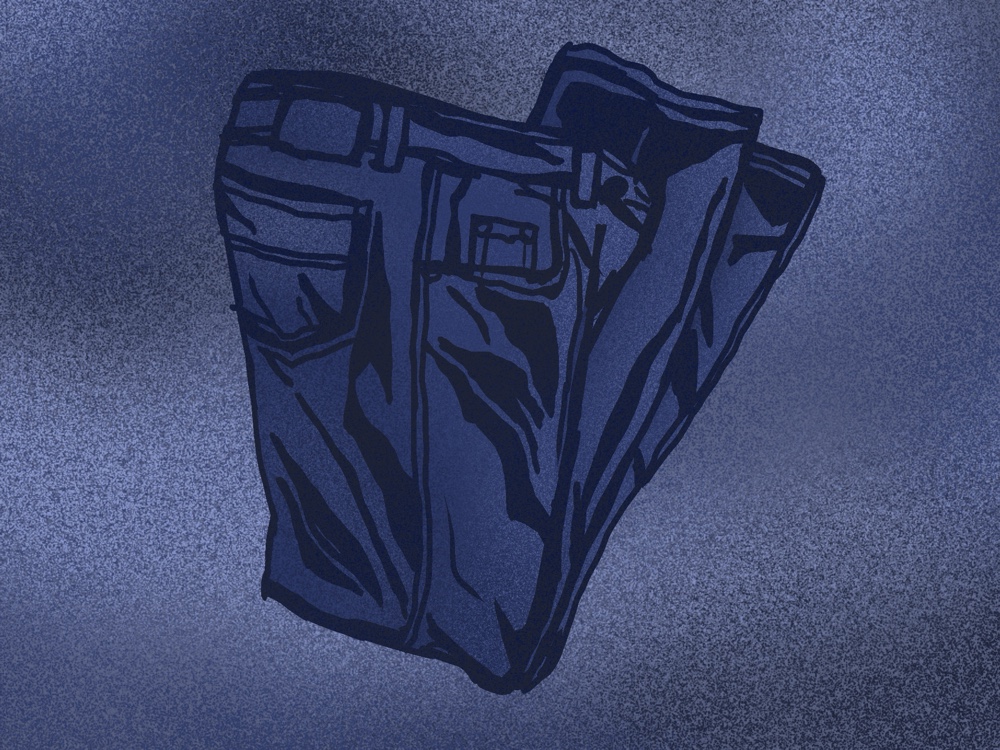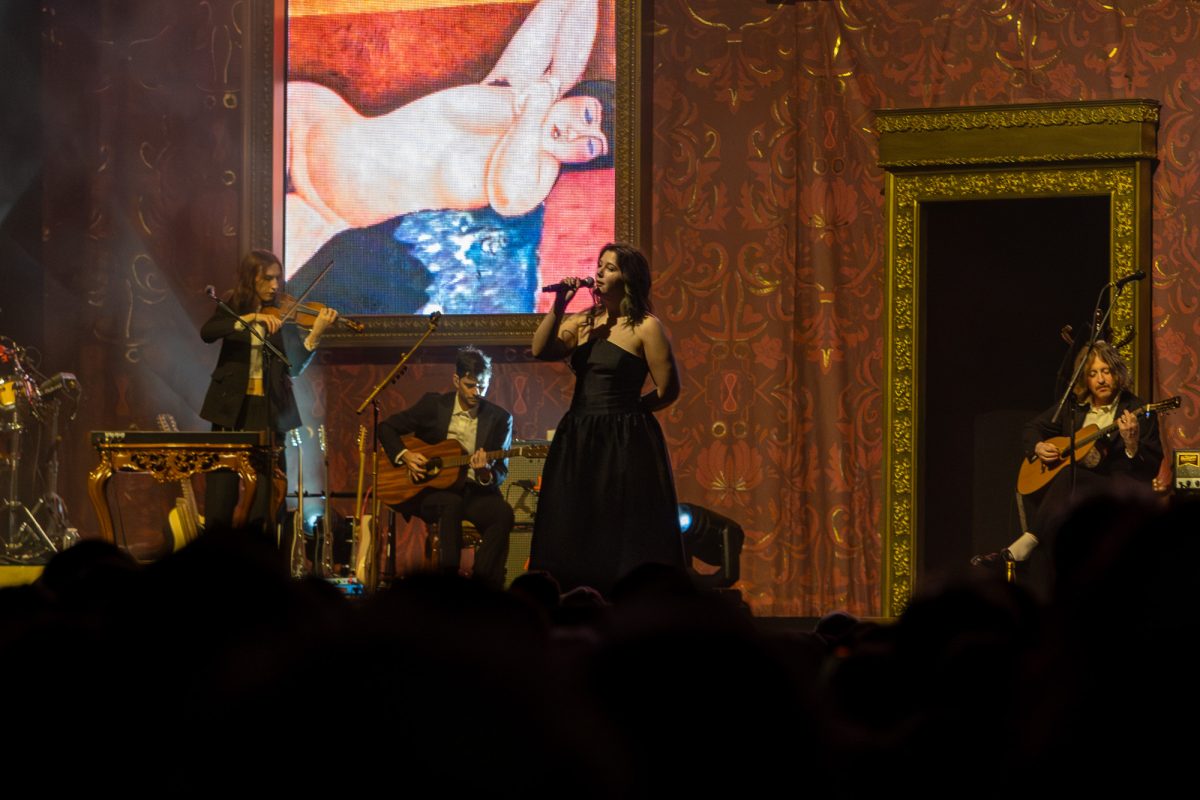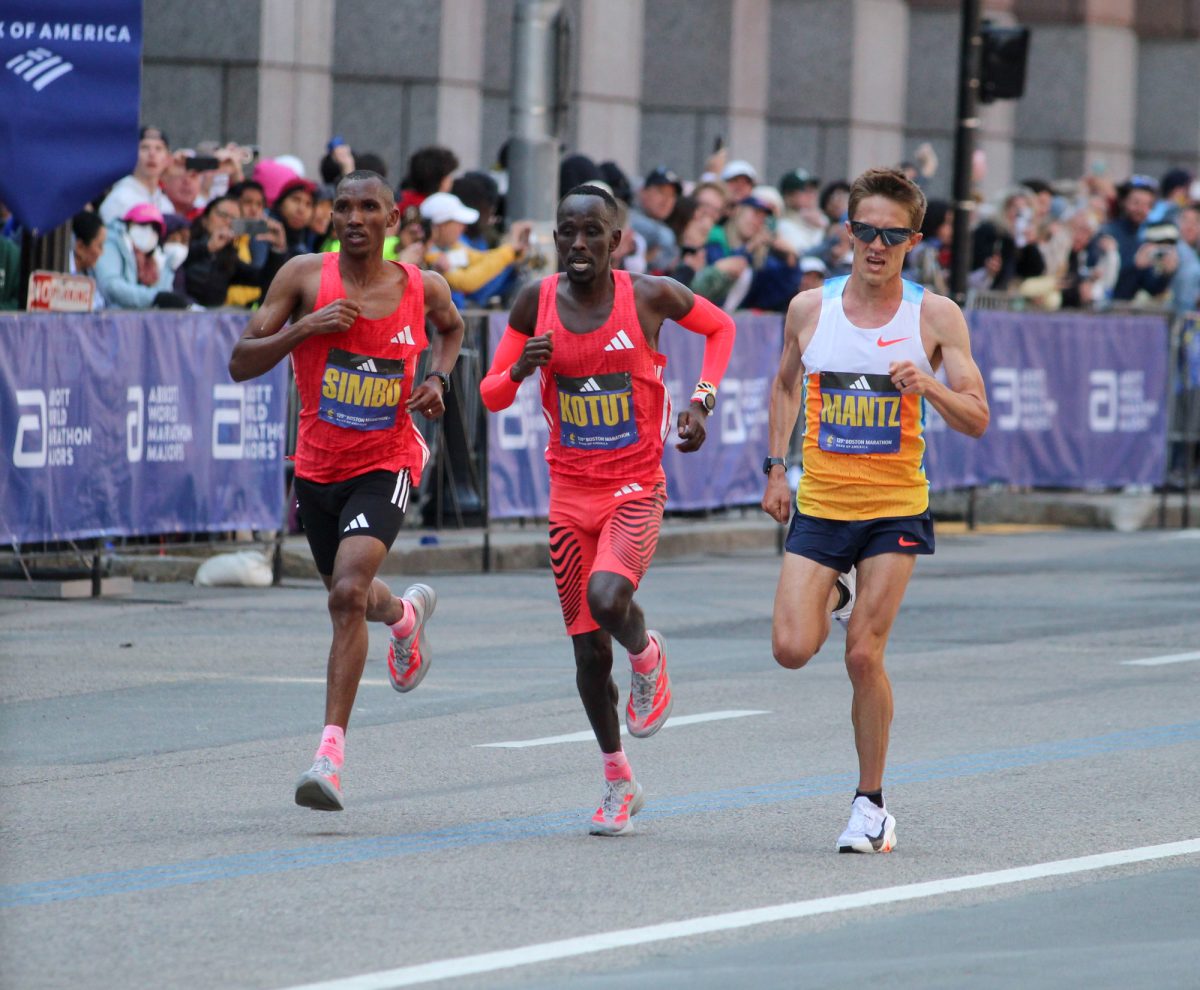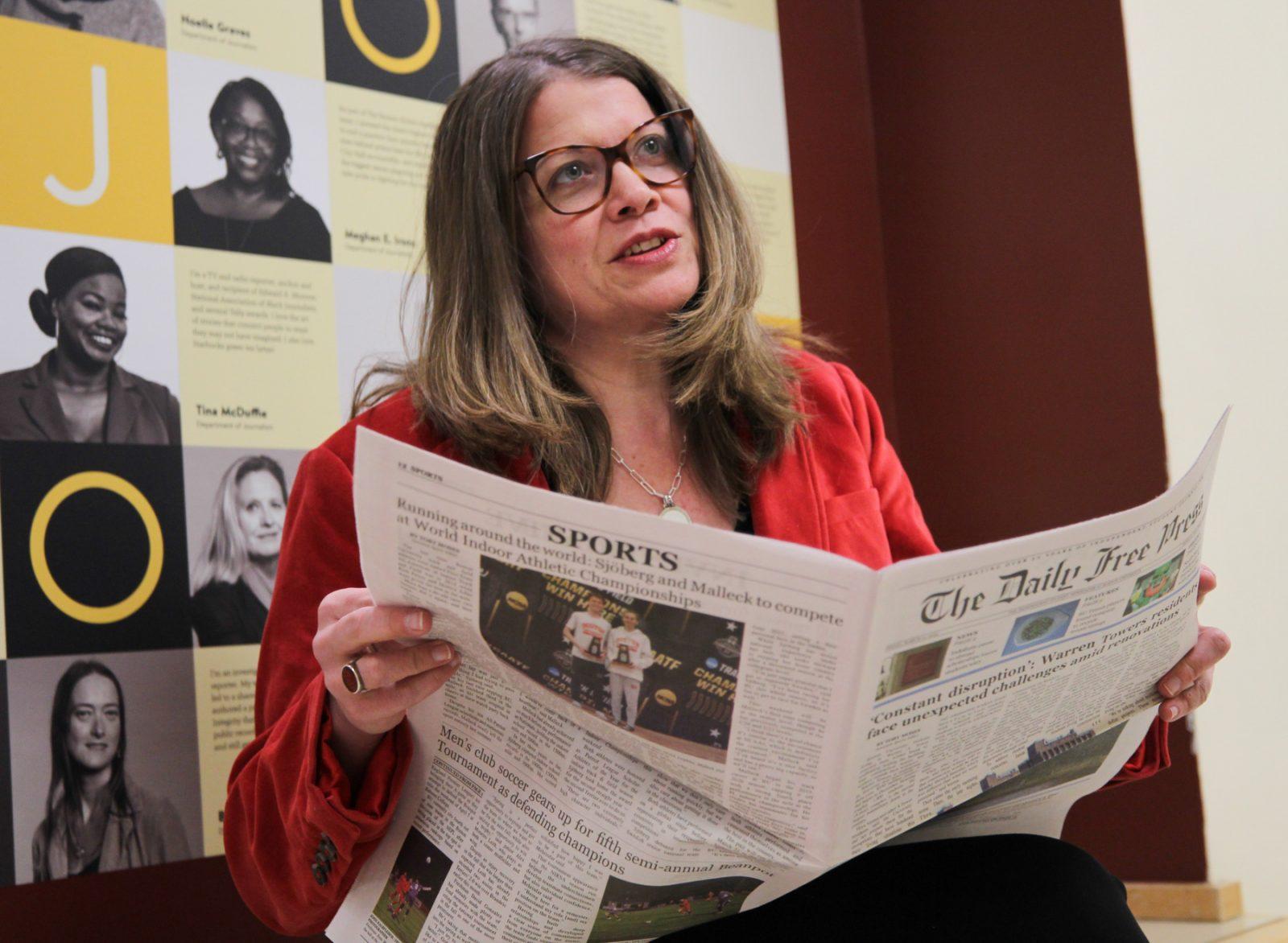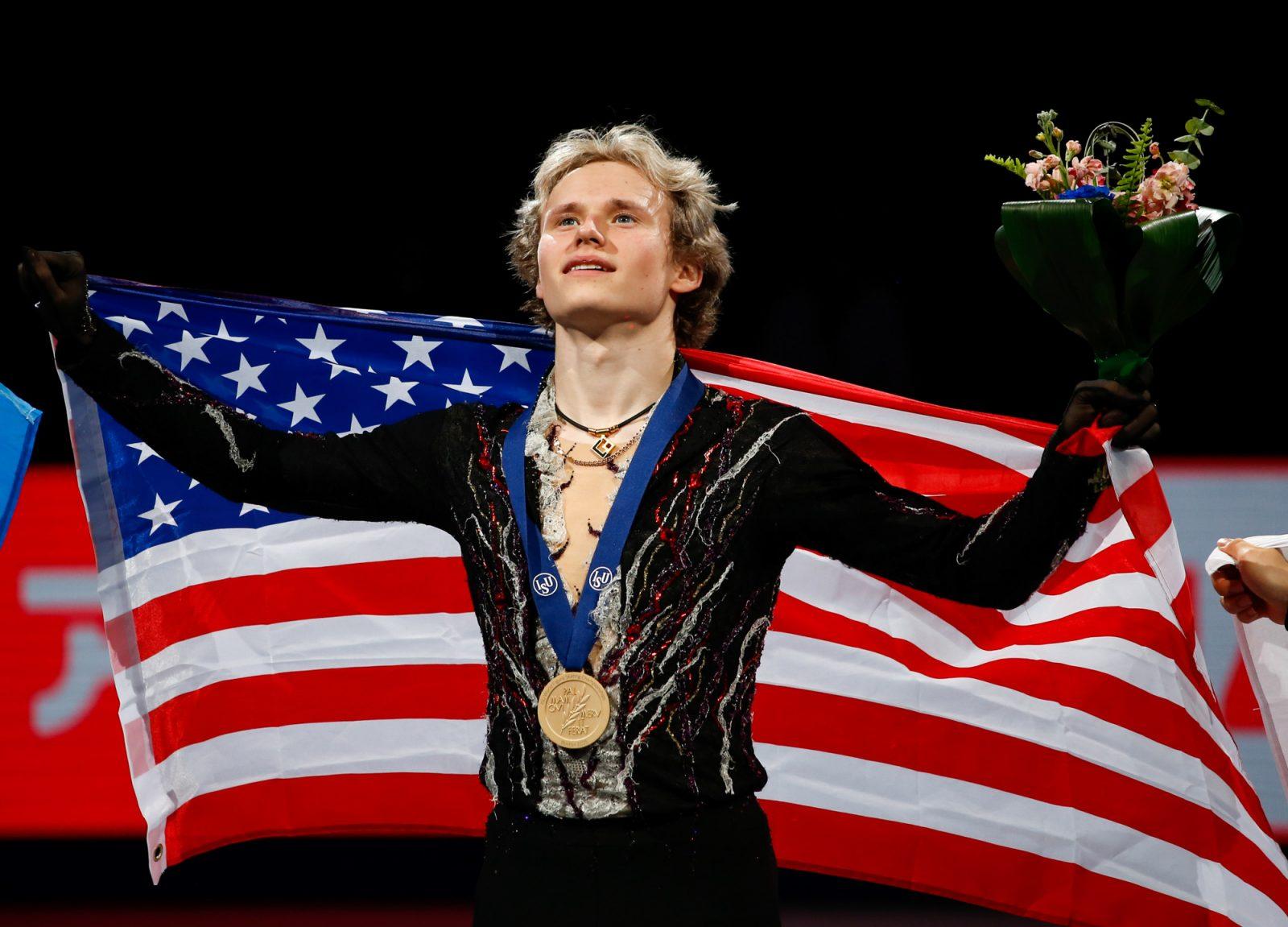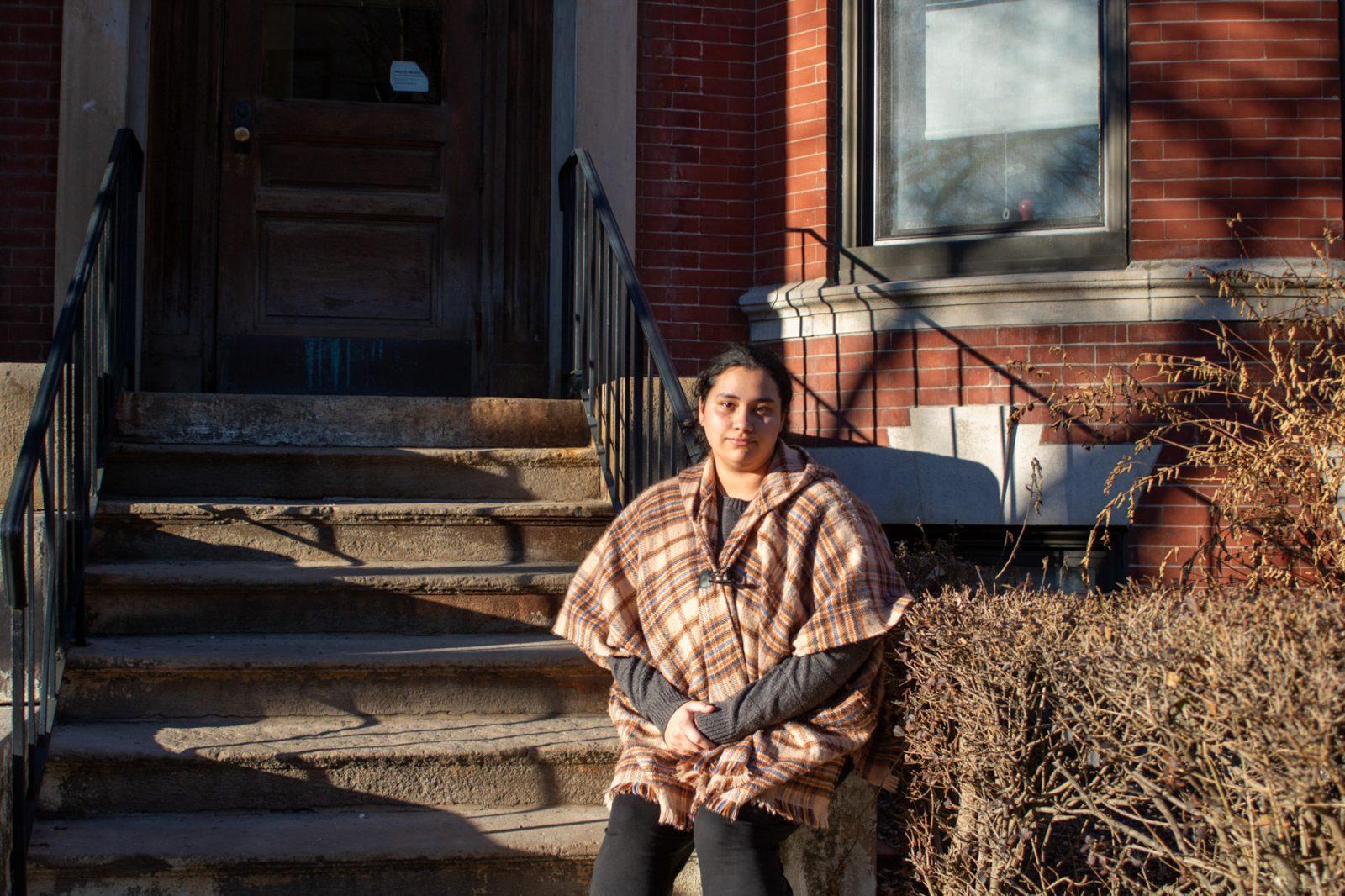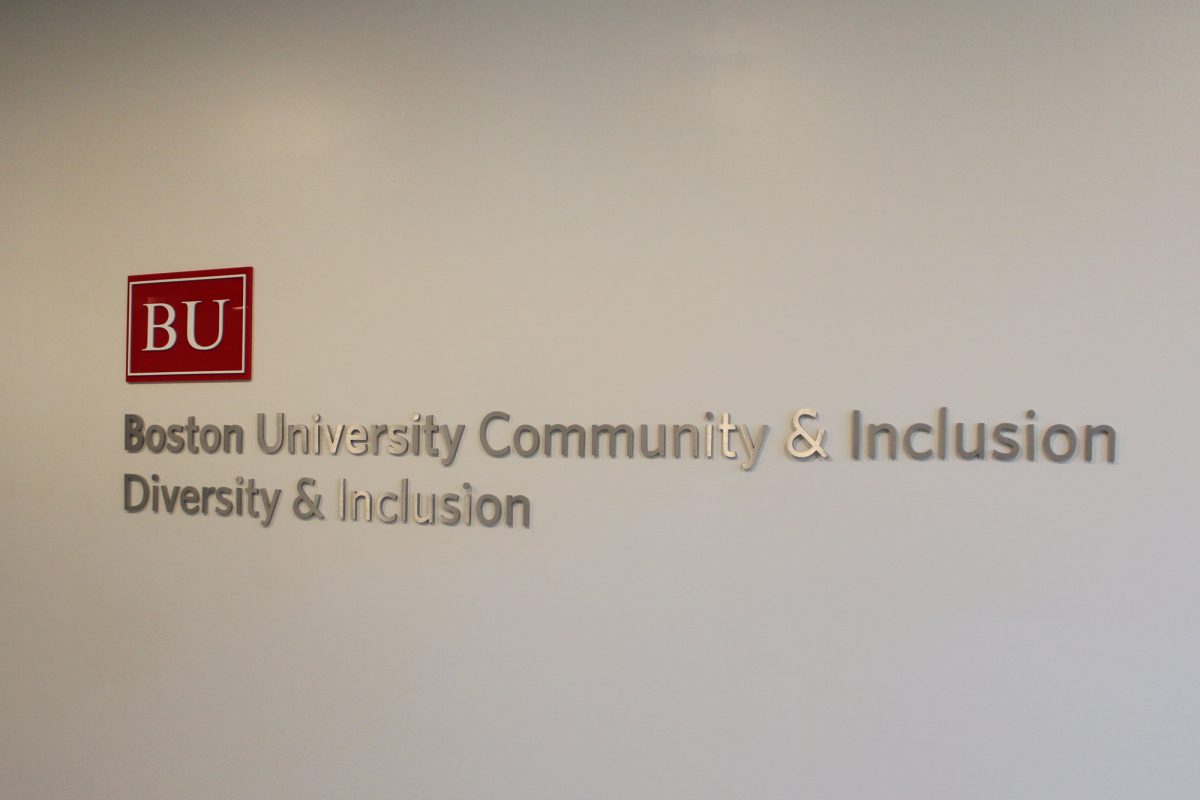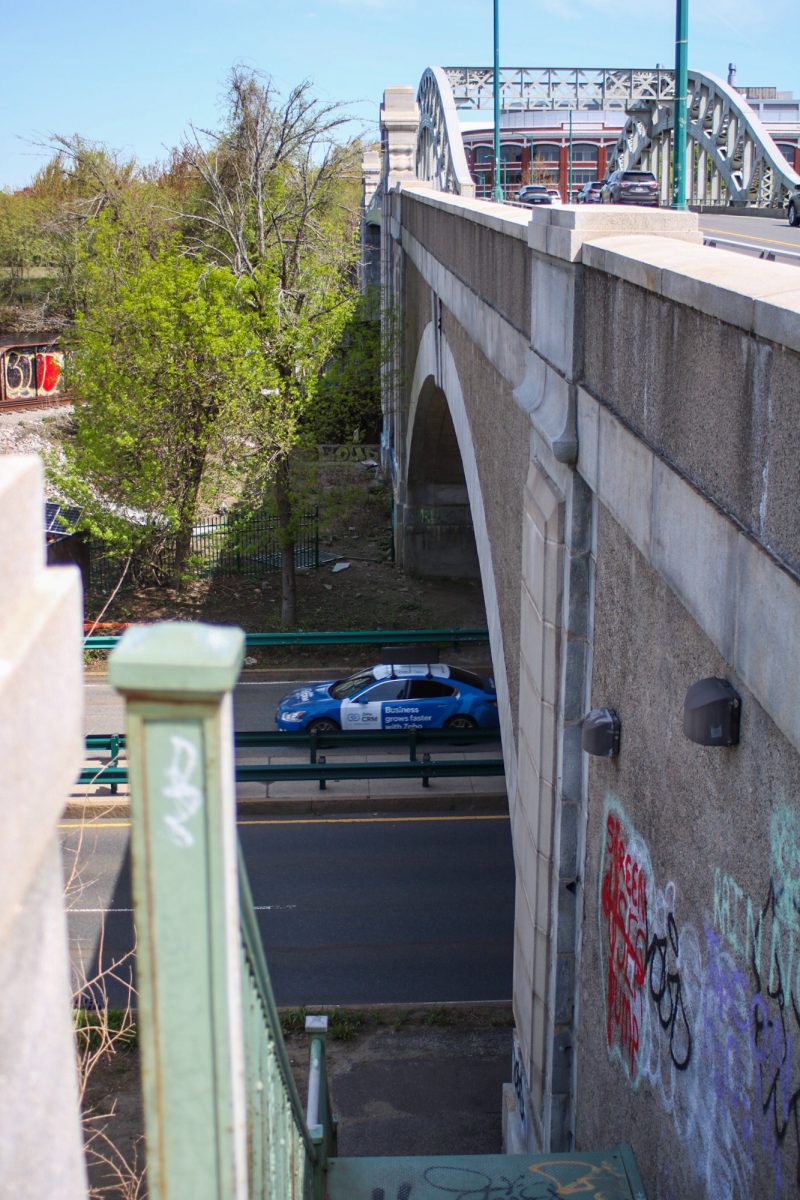To restore a sense of community to a society torn by religious strife, secular forces must create a new order to establish a sense of unity among the members of that society, a Boston University European history professor told audience members Wednesday.
The lecture, titled “Rites of Repair: Restoring Community in the French Wars of Religion,” was given by professor Barbara Diefendorf, who holds fellowships from the Guggenheim Foundation and National Endowment for the Humanities, among others.
About 20 students and faculty members listened as Diefendorf talked about her projected book: a comparative study of culture and politics of the Catholic Reformation in France.
The book addresses the Wars of Religion between Catholics and Protestants in 16th century France; specifically, their impact on the sense of community on a previously religiously homogeneous nation.
“I’m interested in how the wars destroyed an old sense of community and replaced it with something new,” said Diefendorf.
She disclosed the three main components of her book: Protestant militancy, its Catholic reaction and the Royal intervention.
“What Protestants really wanted to do was revolutionize society,” she said in opposition tothe long-held assumption that French Protestants, also known as Huguenots, simply sought to freely exercise their own religion.
She explained French Protestants sought to redefine the presence of the sacred as aninterior manifestation within the community, not as exterior expressions in the Catholic manner, such as parading God’s presence in a metal tabernacle.
“There was a pedagogical impulse,” she said. “Protestants wanted to show that a statue of the Virgin Mary was just a statue, and that the Eucharist was just bread.”
However, Protestant iconoclasm assumed such virulence that Catholics interpreted their actions as sacrilegious behavior, she said.
Diefendorf argued despite this inherent religious clash, the two religious groups held a similar value in common.
“Despite religious differences, Protestants and Catholics shared an ideal of community,” she said.”However, they diverged in their visions of that community.”
Thus France saw the rise of “popular violence” between the two religious groups, as Protestants sought to create a newly purified society, while Catholics attempted to restore a pre-existing sense of purity, she said.
After a total of eight religious wars, a series of peace commissions attempted to restore a sense of unity to the French people, thereby ending conflict.
However, Diefenforf argued that the commissions’ attempts to eradicate the past while neglecting to alter their views of the sacred did little to restore a French sense of community.
“Reconciliation tried to take place in a state of amnesia,” she said.”Of course it couldn’t. [Peace commissions] did a lot to help, but their efforts could not hold because they did not alter their conceptions of the sacred. The task of repair had to be left to secular forces.”
Ultimately, Diefendorf said French society was reconstructed around a non-religious emblem, the king, thus proving her thesis that religious strife may be solved through secular forces.
Cambridge resident and attendee Bernard Finzi, a French native, said he thought the presentation was very well organized and Diefendorf provided a well-put description of what she wants to write about.
“It’s interesting to hear what she has to say about material that I learned in elementary school,” he said.

